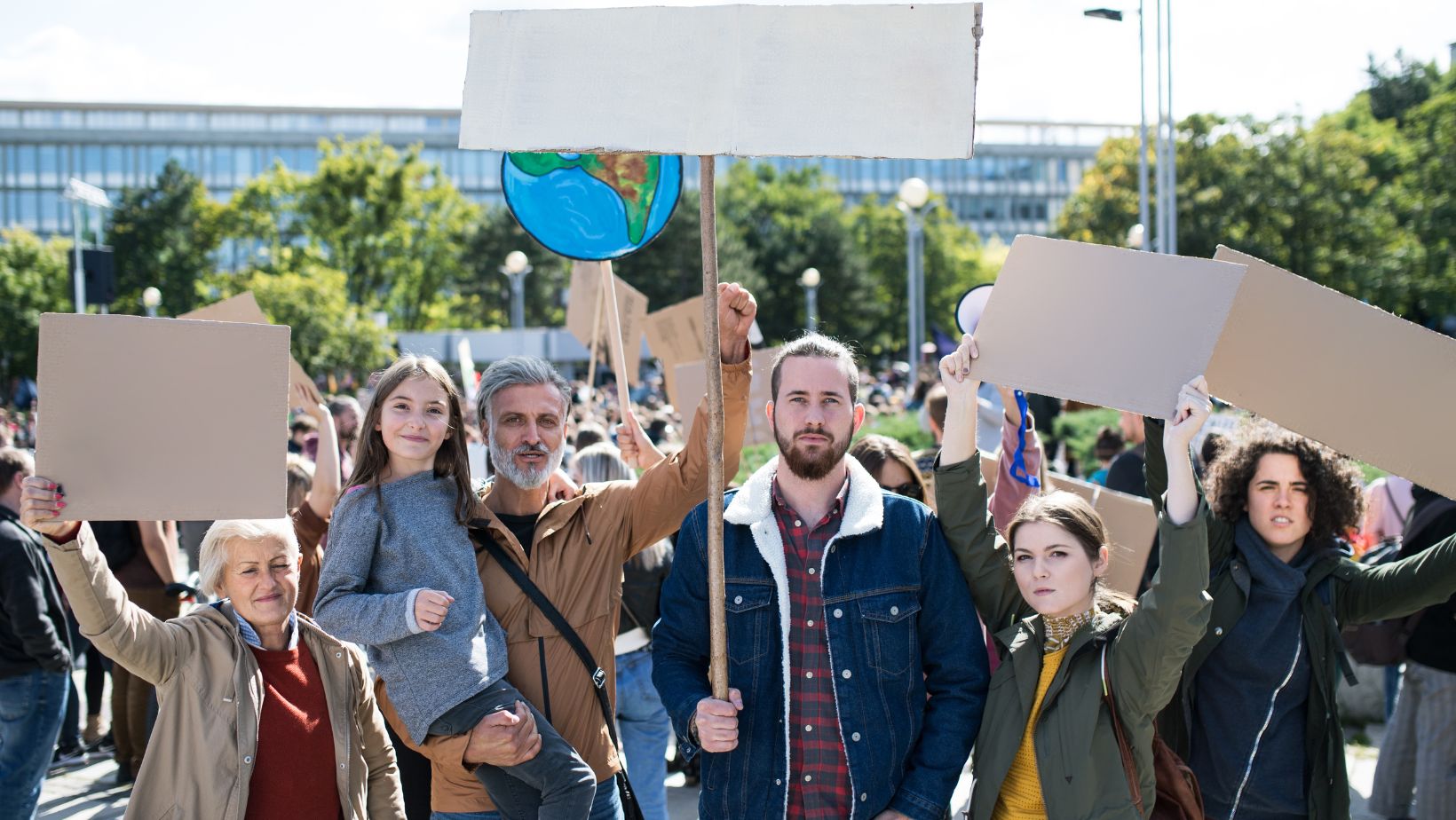
In the ever-evolving landscape of social change, activism stands as a powerful force for advocating rights, justice, and environmental sustainability. With the rise of digital platforms and a growing awareness of global issues, the face of activism has diversified, giving rise to various types that cater to different causes and methods of engagement. From the streets to the screens, activists are finding innovative ways to voice their concerns and mobilize communities.
Types of Activism
 Activism plays a pivotal role in shaping societal norms and pushing for transformative changes across the globe. It involves concerted efforts to promote, impede, or direct social, political, economic, or environmental reform with the desire to make improvements in society. Through various forms of activism, individuals and groups exert significant influence on public policy, societal attitudes, and ultimately, legislative changes.
Activism plays a pivotal role in shaping societal norms and pushing for transformative changes across the globe. It involves concerted efforts to promote, impede, or direct social, political, economic, or environmental reform with the desire to make improvements in society. Through various forms of activism, individuals and groups exert significant influence on public policy, societal attitudes, and ultimately, legislative changes.
- Digital Activism: Utilizes social media and the internet to raise awareness and foster change, exemplified by hashtag movements and online petitions.
- Grassroots Activism: Focuses on local community action, with individuals organizing to address local issues, often leading to broader societal change.
- Environmental Activism: Aims at protecting the environment and promoting sustainable practices, with activities ranging from tree planting to lobbying for environmental legislation.
Each type of activism, whether carried out through peaceful protests, digital platforms, or community organizing, contributes to the collective impact of social movements. This results in heightened awareness among the public and policymakers, leading to societal and environmental improvements. Activists’ dedication to their causes showcases the power of collective action in bringing about positive change, underscoring the crucial role activism plays in advancing justice and sustainability.
Traditional vs. Modern Activism
Activism has evolved significantly, transitioning from traditional methods to modern techniques, each playing a crucial role in societal reform. Traditional activism, known for street marches, sit-ins, and printed petitions, directly engages communities, creating visible platforms for public discourse. These actions, deeply rooted in history, have spearheaded momentous changes by mobilizing masses and garnering extensive media coverage. On the other hand, modern activism leverages digital platforms, utilizing social media, online petitions, and hashtag campaigns to reach a global audience instantly. This shift emphasizes speed, accessibility, and the power of digital connectivity, allowing activists to transcend geographical barriers and engage with wider demographics. Despite their differences, both traditional and modern activism are indispensable, complementing each other in driving forward social, political, economic, and environmental reforms. Together, they epitomize the collective strength of voices calling for change, illustrating the dynamic nature of activism in adapting to changing societal landscapes.
Modern Activism Trends
 The myriad forms of activism today reflect the dynamic and multifaceted nature of our global society. Whether through peaceful marches, digital platforms, or local community efforts, activism remains a powerful means of advocating for change. It’s the diversity in approach and unity in purpose that underscore the effectiveness of modern activism. As individuals and communities continue to navigate the complexities of advocating for justice and equality, the evolving landscape of activism offers new opportunities for engagement and impact. Embracing these trends not only enhances our understanding of social movements but also empowers us to contribute actively to the causes we’re passionate about.
The myriad forms of activism today reflect the dynamic and multifaceted nature of our global society. Whether through peaceful marches, digital platforms, or local community efforts, activism remains a powerful means of advocating for change. It’s the diversity in approach and unity in purpose that underscore the effectiveness of modern activism. As individuals and communities continue to navigate the complexities of advocating for justice and equality, the evolving landscape of activism offers new opportunities for engagement and impact. Embracing these trends not only enhances our understanding of social movements but also empowers us to contribute actively to the causes we’re passionate about.
Types of Activism Explained
Activism’s role in shaping a just and sustainable world cannot be overstated. Whether through the rallying cries heard on the streets or the digital waves made online, each form of activism carries its unique strength in driving societal progress. The evolution from traditional to modern tactics has not diminished the importance of either; instead, it’s highlighted the need for a multifaceted approach to advocacy. By embracing both the tangible energy of street marches and the expansive reach of digital campaigns, activists are equipped to face the challenges of an ever-changing world. The synergy between traditional and modern methods underscores a powerful message: unity in diversity can lead to impactful societal reform. As the landscape of activism continues to evolve, so too does the potential for transformative change, proving that when voices come together, they can indeed shape a better future for all.
